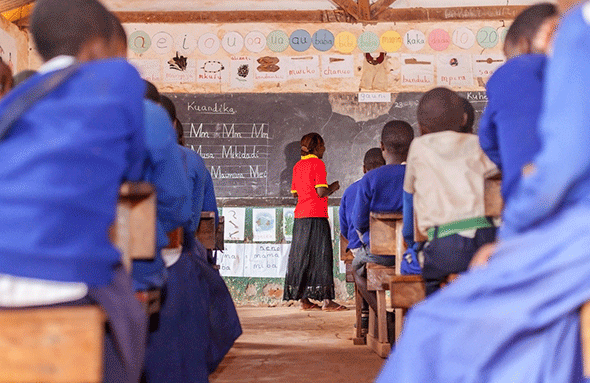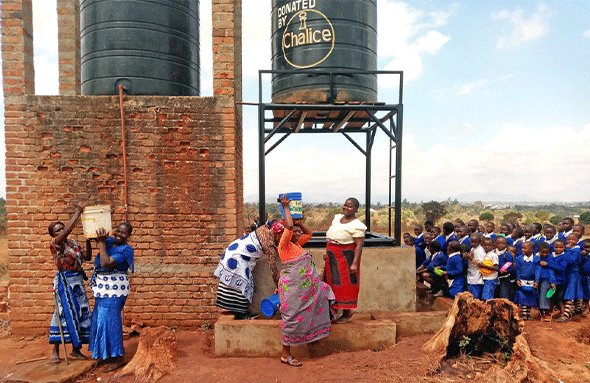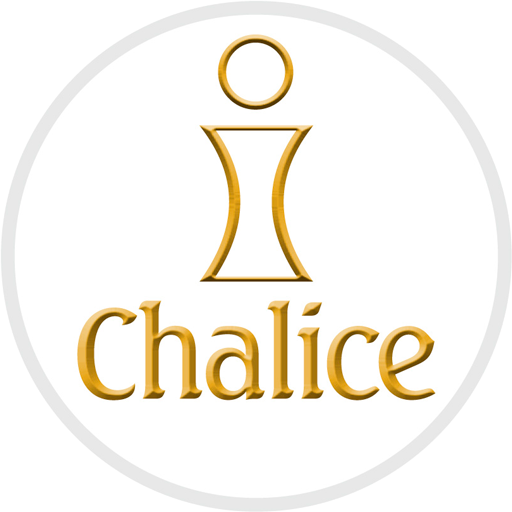
Chandarua Primary School is a nine-classroom school with 415 students, but notanzania neema chandarua overview connection to electricity or water. To even get there, you need to travel over a rough road.
Most of the floors in all nine classrooms are dilapidated. Many have cracked walls, and doors and window frames have been munched on by termites.
With no electricity, the school has solar light connections in two classrooms.
It has a special unit for children with intellectual disabilities.

What about the community?

In this area, most people earn income from farming crops like maize and beans, while some participate in other agri-business. But it’s insufficient for many, and most still live in poverty.
In the Chanduara village, there’s no electricity. Unfortunately, that means there’s no real connection to water, either, as there isn’t enough energy for pumping. Families rely on springs and wells for water. Roads, meanwhile, are rough.
The government provides free education up to secondary school, along with a medical system for people under five or over 60. It does have plans to connect all households to water, but that project is still underway. Meanwhile, many suffer from poverty, lack of education and lack of government support. Poor housing and diseases like malaria hold families back and affect children’s education.
What does Chalice do?
In 2019, local staff at our Neema site incorporated the school into the African School Farming and Food Security Project by establishing a school feeding program. It started by enrolling children in grades four and seven. All children are now involved in the program, and in fact, the program has motivated the small community. 95% of students are now transitioning to the next grade. In the past year, school enrollment went from 356 to 419 students.
What does the school need most?


